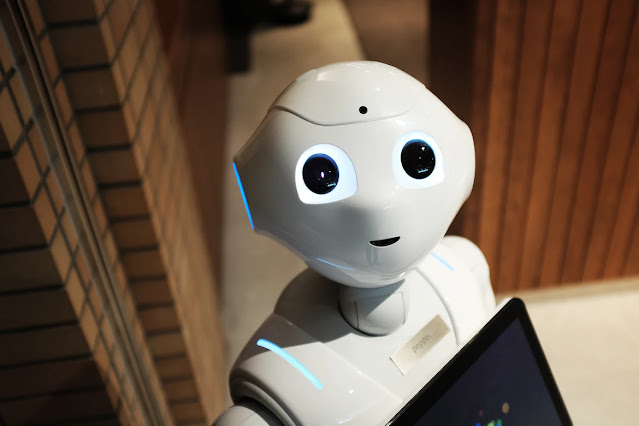Machine learning is a field of artificial intelligence that involves training computer systems to learn and make decisions based on data, without being explicitly programmed. It is a rapidly growing area of technology that has the potential to revolutionize the way we interact with machines and solve complex problems in various fields, including healthcare, finance, and transportation. With the help of machine learning algorithms, we can teach machines to recognize patterns in data and use this information to make predictions, identify anomalies, and perform other tasks that were once only possible with human intelligence. In this blog post, we will explore the basics of machine learning and how it can be applied in real-world scenarios.
Table of Contents(toc)
Introduction to Machine Learning
UNIT-I
Linear Regression with One Variable
- Model Representation
- Cost Function
- Gradient Descent Intuition
- Gradient Descent For Linear Regression
Linear Regression with Multiple Variables
- Cost Function
- Multiple Features
- Gradient Descent for Multiple Variables
- Feature scaling and Learning rate
- Features and Polynomial Regression
UNIT-II
Logistic Regression
- Classification
- Hypothesis Representation
- Decision Boundary
- Simplified Cost Function and Gradient Descent
Multiclass Classification:
- One-vs-all
- The Problem of Over fitting
- Regularized Linear Regression
- Regularized Logistic Regression
Programming:
- Logistic Regression
UNIT-III
Neural Networks Representation:
- Non-linear Hypotheses
- Model Representation
- Multi class Classification: Examples and Intuitions.
Neural Networks:
- Learning Cost Function
- Back propagation Algorithm
- Gradient Checking
- Random Initialization
- Autonomous Driving Example
Programming:
- Multi-class Classification and Neural Networks
UNIT-IV
Machine Learning System Design
- Evaluating a Hypothesis
- Model Selection and Train/Validation/Test Sets
- Diagnosing Bias vs.Variance
- Regularization and Bias/Variance
- Learning Curves
- Error Analysis
- Error Metrics for Skewed Classes.
Programming:
- Regularized Linear Regression and Bias/Variance
UNIT-V
Support Vector Machines:
- Large Margin Intuition
- Mathematics Behind Large Margin
- Classification
Unsupervised Learning:
- Introduction
- K-Means Algorithm
- Dimensionality Reduction
- Data Compression
- Principal Component Analysis- Problem Formulation
- Algorithm
- Reconstruction from Compressed Representation
Programming:
- K-Means Clustering and PCA











Amazing
ReplyDelete